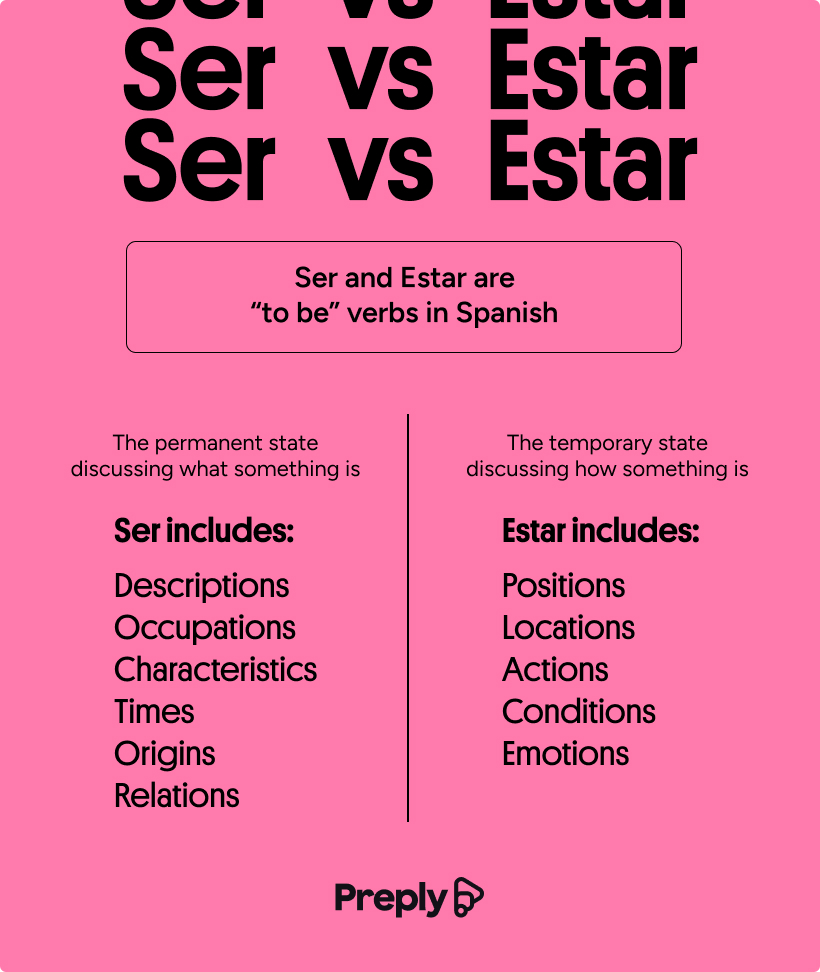Today I messed around with the “se usa” thing in Spanish, and let me tell you, it was a bit of a rollercoaster. I’ve been trying to get a better handle on those tricky impersonal sentences and passive voice stuff.

My Starting Point
I started by reminding myself what I thought I knew. Basically, “se” can be used when you don’t want to say who is doing the action, or when the action is just happening to the subject, not being done by a specific person. You know, sentences like “Se habla español” (Spanish is spoken) or “Se vende casa” (House for sale).
Diving into Examples
Then I jumped into a bunch of examples. I found a few websites and started picking apart sentences. Some were easy, like the ones I mentioned before. But then I hit some trickier ones:
- “Se me rompió el vaso.” (The glass broke on me/I broke the glass.)
- “Se prohíbe fumar.” (Smoking is prohibited.)
- “Se necesitan voluntarios.” (Volunteers are needed.)
The “A-Ha!” Moments (and the Confusions)
The biggest “a-ha!” was realizing how much context matters. “Se me rompió el vaso” is a good example. It’s not really passive, but it’s a way of saying “I broke the glass” without taking full responsibility (oops!). It’s like, “The glass broke itself on me.”
The “Se prohíbe fumar” type was easier. That’s a pretty straightforward impersonal construction. “Se necesitan voluntarios” is similar – nobody in particular is “needing” the volunteers, they’re just needed.
I got a little tripped up sometimes, though. I spent a good chunk of time trying to figure out why sometimes “se” is used with a singular verb and sometimes with a plural verb. Like, why “Se vende casa” (singular) but “Se venden casas” (plural)? Turns out, it depends on whether the thing being acted upon is singular or plural. Makes sense, but I had to think about it for a while.

Putting It into Practice
After all that, I tried to make my own sentences. I wrote down things like:
- “Se come bien aquí.” (One eats well here.)
- “Se me olvidó la tarea.” (I forgot the homework – more like, the homework forgot itself on me!)
- “Se dice que va a llover.” (It is said that it will rain.)
I practiced saying them out loud, too, to get a feel for the rhythm.
Still Learning!
I definitely feel more comfortable with “se usa” now, but I know I still have a lot to learn. It’s one of those things you just have to keep practicing and exposing yourself to. But hey, that’s part of the fun of learning a language, right? At least I can say: “Se aprende mucho cada día”. (One learns a lot every day).